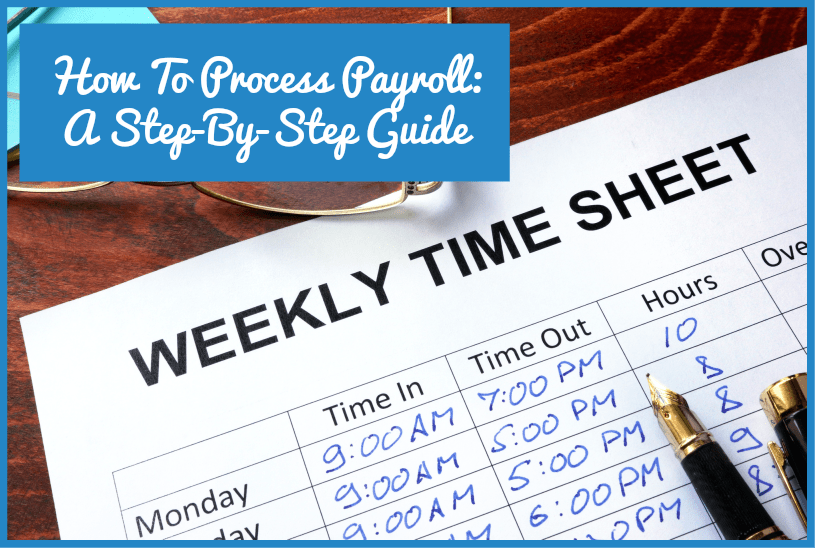
How To Process Payroll: A Step-By-Step Guide
Processing payroll manually can be a very complicated process. Read on to discover a step-by-step guide on how to process payroll here.
Does the thought of setting up your company’s payroll give you an instant headache?
If so, you’re not alone. Payroll invokes thoughts of spreadsheets, numbers, complicated calculations, and HR nightmares. But, knowing how to process payroll is much easier than you might think! It doesn’t need to be a stressful process if you’re prepared.
Keep reading to learn for our guide to all the steps to starting the payroll process. Before you know it, you’ll be up and running!
Select a Payroll Processing System
When setting up your payroll preparation, you’ll need to decide on payroll software. If your company is large, you may set this up in-house, so that payroll is done each month by a staff member on a system such as QuickBooks or Wave. However, smaller companies with limited time and resources may find it more convenient and affordable to outsource payroll services to an external provider.
You’ll Need Employee Details to Process Payroll
To ensure staff are paid correctly, you’ll need a few important details. Try to collect all of this information when they first start, as part of their onboarding, to avoid delays. You’ll need to know their tax file number (TFN), their residency status, full name, date of birth, and their bank account details. This includes the name of the account, the BSB and account number, and the name of their bank.
Calculate Pay Based on Timesheet Data
When wondering how to process payroll, you’ll first need to know how many hours the employee worked. This also includes any sick, personal, or annual leave that was taken during the pay period. Pay should include wages for the hours worked, minus any applicable taxes. It will also include the mandatory superannuation contribution. Superannuation is the employer’s contribution to the staff member’s retirement fund and is set at a minimum of 9.5 percent of an employee’s salary.
Review
Once you’re ready to process payroll, review everything thoroughly before submitting. Any errors, especially with bank account details, can cause lengthy details to staff payments. If there’s one thing that will make employees upset, it’s not getting paid on time!
Email or Print Payslips
Once payroll is complete, all staff should receive a payslip. Email is the easiest way, but some companies may print and distribute to staff. A payslip should include total earnings, before and after-tax deductions, along with the number of hours worked. Also include the base hourly (or yearly) wage, annual leave, personal, and sick leave hours used and remaining, and the superannuation contribution.
Process Payroll Today
Now that you know how to process payroll, set up a system for your company to ensure staff are paid correctly. Although it can seem complex at first, more of the payroll process from start to finish can be automated, saving your company a lot of time each month. Use the tips above to get started and enjoy a smooth, productive payday each month!
© New To HR


